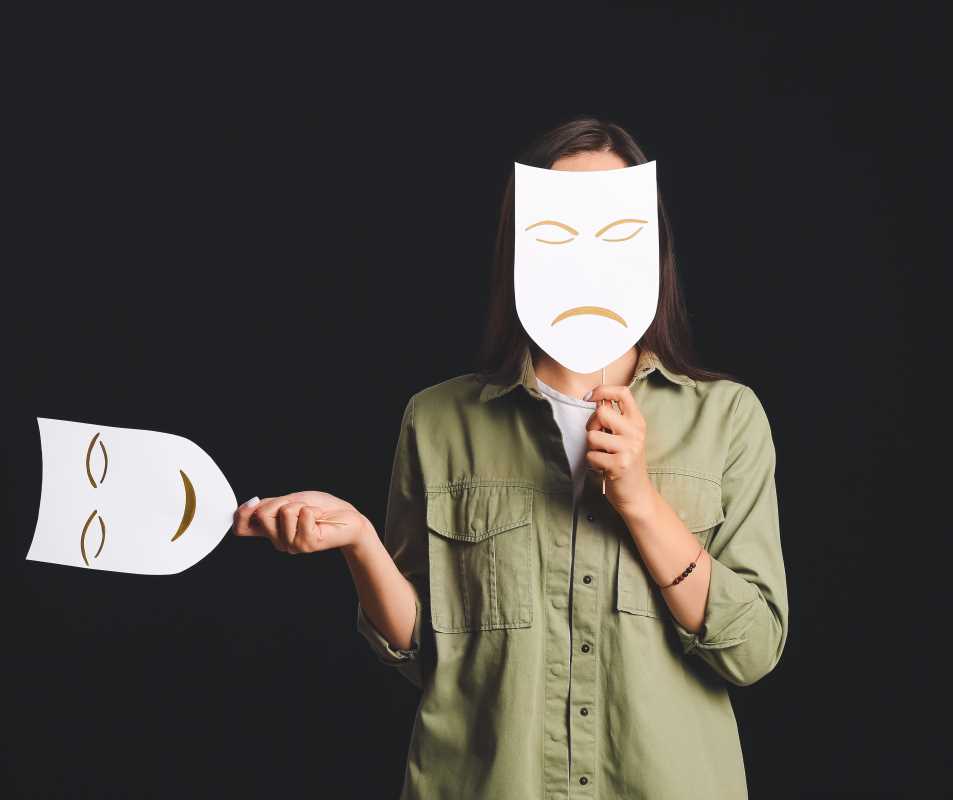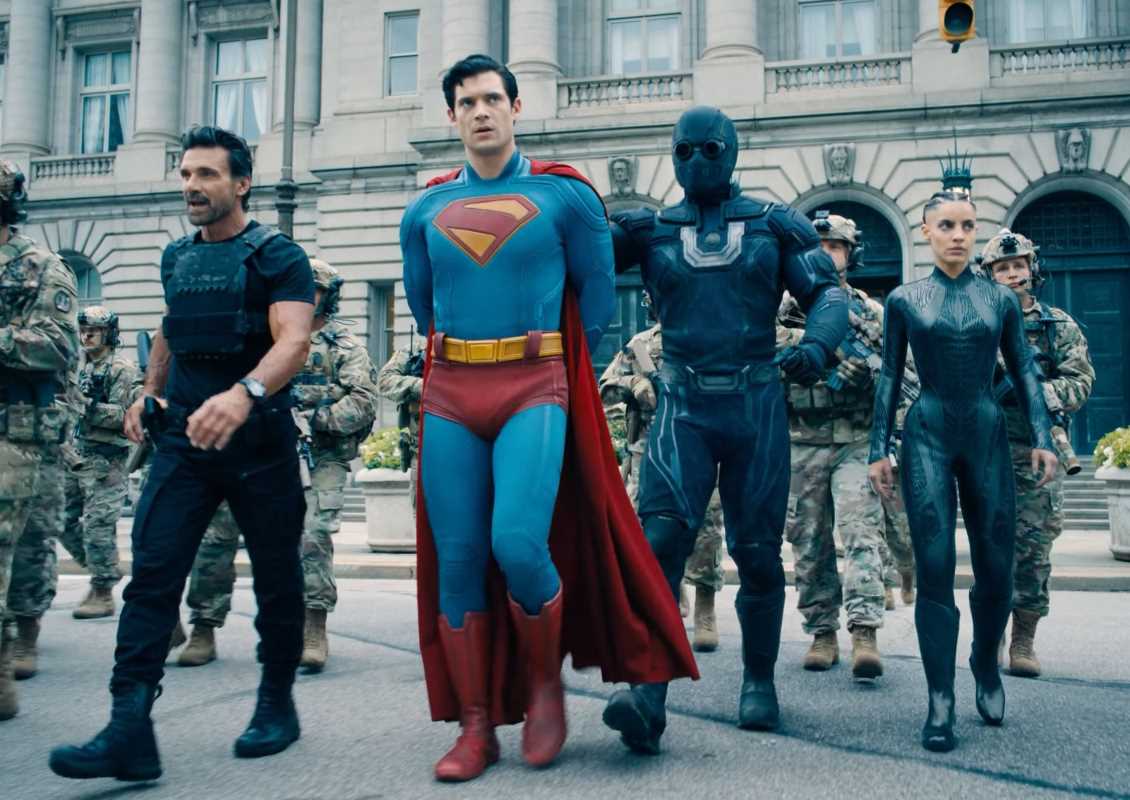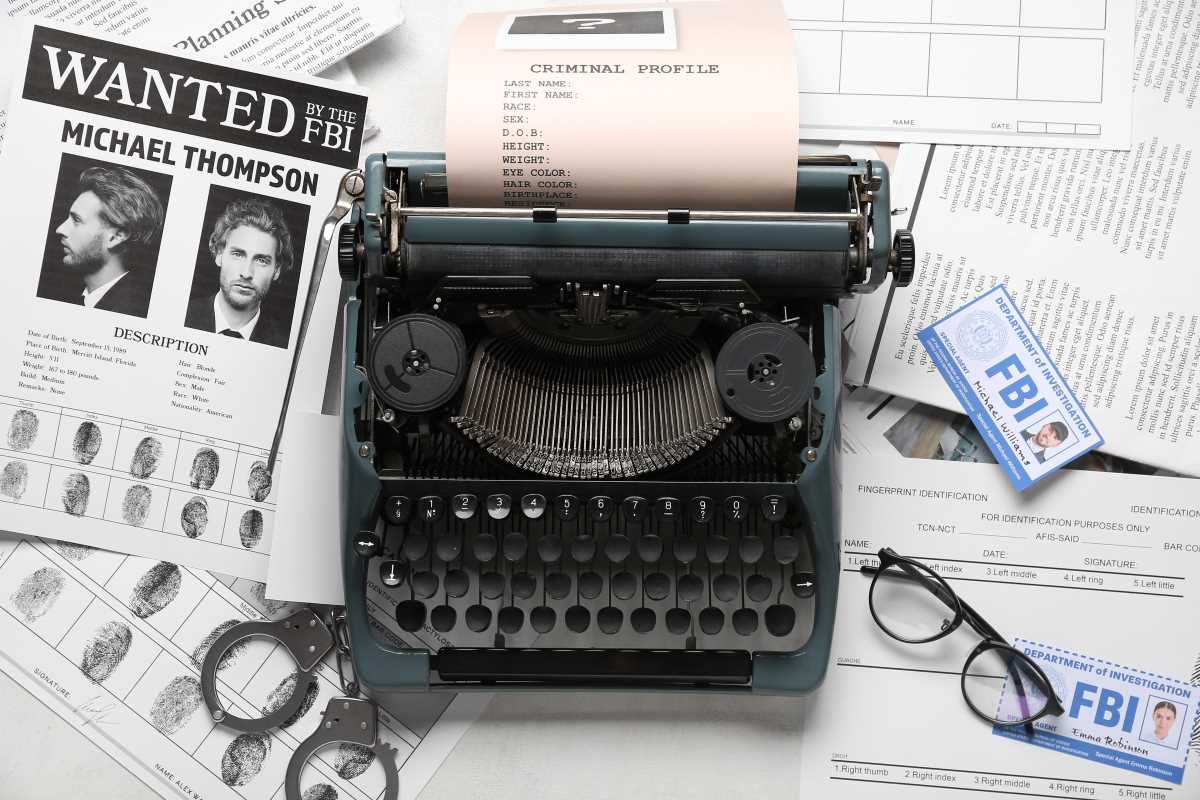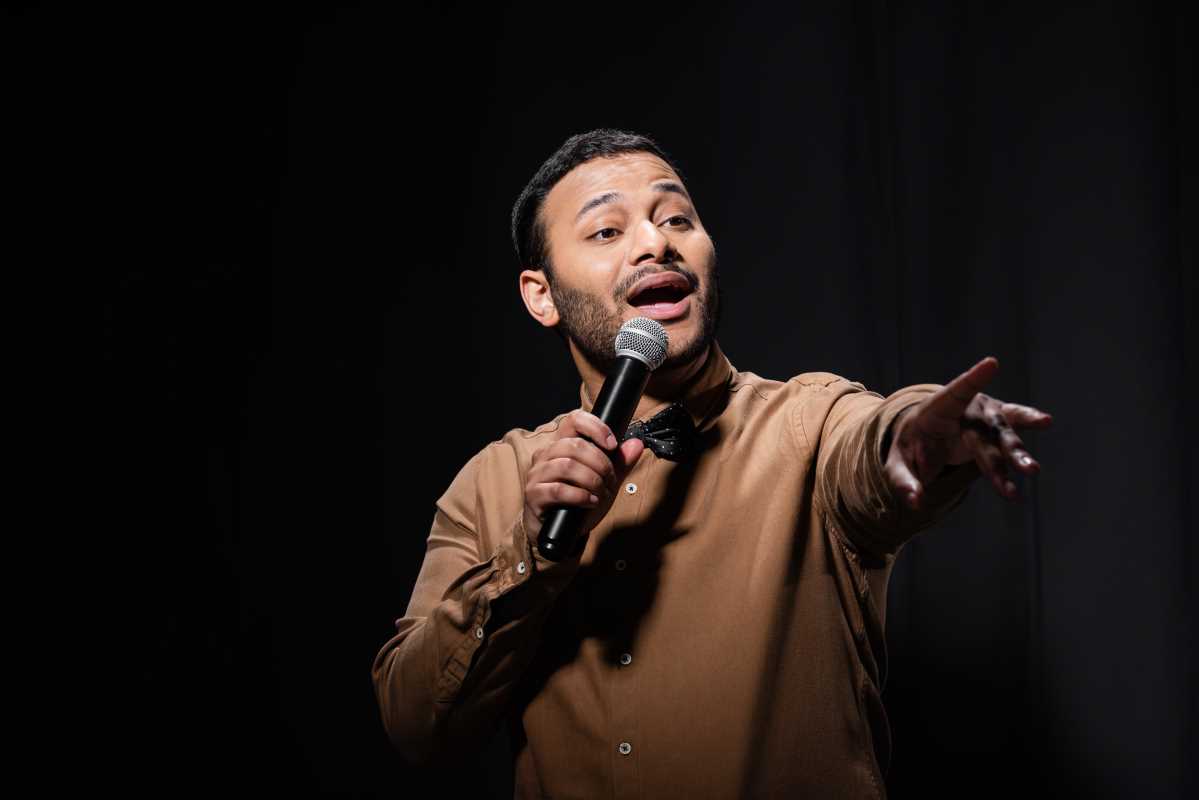For decades, LGBTQ+ representation in mainstream media was either nonexistent or riddled with harmful stereotypes. Characters that identified as lesbian, gay, bisexual, transgender, or queer often had their identities reduced to punchlines or their stories confined to tragic endings. For audiences searching for authentic representation, these portrayals were far from accurate and often damaging. Thankfully, the past few decades have brought progress, with mainstream media evolving to include more diverse and nuanced LGBTQ+ narratives.
Today, LGBTQ+ characters and storylines are more visible than ever before. From groundbreaking TV shows to blockbuster films, representation is growing. But there’s still room to improve when it comes to telling stories that fully reflect the diversity of the LGBTQ+ community. How have we gotten to this point, and what more can be done to ensure that everyone sees themselves reflected in the media they consume? Let's take a closer look.
A Rocky Start in Representation
Before the current wave of inclusivity, LGBTQ+ representation in media was rare and often problematic. Many portrayals helped fuel stigma rather than combat it.
Stereotypes and Negative Tropes
During much of the 20th century, LGBTQ+ characters in mainstream media were frequently limited to harmful stereotypes. Gay men were often portrayed as flamboyant comic relief, lesbians were hypersexualized, and transgender people were treated as objects of ridicule or shock. These portrayals were rarely about telling the stories of LGBTQ+ individuals; instead, they played into straight, cisgender audiences' preconceived notions.
Another common trope was the “tragic ending.” Known as the “bury your gays” trope, this trend involved LGBTQ+ characters often being killed off or left heartbroken by the end of the story. It reinforced the idea that queer lives were doomed to tragedy, leaving little space for hopeful or empowering narratives.
The Hays Code Era
The Hays Code, a set of film industry censorship guidelines in effect from the 1930s to the late 1960s, further erased queer representation. It prohibited “sex perversion,” a phrase that at the time was often used to mean any depiction of LGBTQ+ relationships. This forced filmmakers to either avoid queer themes entirely or bury them in subtext, creating a long period where LGBTQ+ stories were almost invisible in mainstream media.
The Turning Point
Representation began to shift as society’s views on LGBTQ+ issues slowly evolved. By the late 20th century, more creators were willing to challenge stereotypes and demand authenticity.
Early Breakthroughs in TV and Film
The 1970s and '80s marked the beginning of a slow but meaningful change. Films like The Birdcage and Torch Song Trilogy brought LGBTQ+ characters into the spotlight, albeit with lingering stereotypes. On television, sitcoms like Soap introduced openly gay characters to mainstream audiences, albeit in secondary roles.
However, it was the ‘90s when things truly began to gain traction. Shows like Will & Grace and Ellen brought LGBTQ+ narratives into people’s living rooms. Ellen DeGeneres coming out both in real life and as her character on the show Ellen in 1997 was a monumental cultural moment, though the backlash revealed the lingering discomfort many people still had with queer representation.
The Power of Independent Films
During this time, independent films also played a crucial role in advancing LGBTQ+ representation. Movies like Brokeback Mountain (2005), Boys Don’t Cry (1999), and But I’m a Cheerleader (1999) tackled subjects like queer love, gender identity, and conversion therapy in ways mainstream Hollywood often avoided. These films may not have reached the same audiences as blockbusters, but they paved the way for more inclusive storytelling in the years to come.
Queer Creators on the Rise
Representation often flourished when LGBTQ+ creators were allowed to tell their own stories. Ryan Murphy (Glee, Pose), Lena Waithe (Master of None, The Chi), and other openly queer showrunners began reshaping the industry by bringing their authentic experiences to their work. When LGBTQ+ creators hold positions of creative control, it often leads to deeper, more meaningful narratives.
Where We Stand Now
The past decade has brought an influx of LGBTQ+ representation in both TV and film. From groundbreaking blockbusters to bold streaming series, visibility has never been higher.
Mainstream TV Steps Up
Shows like Orange Is the New Black and Schitt’s Creek have shown LGBTQ+ characters as central, fully developed protagonists. Schitt’s Creek in particular garnered praise for its joyful and conflict-free portrayal of queer love. The LGBTQ+ romance between David and Patrick became a fan favorite, proving that queerness doesn’t always have to come with tragedy or struggle in storytelling.
Another standout is Pose, a series about New York’s ballroom culture in the 1980s and 1990s. Featuring a predominantly Black and Latinx transgender cast, Pose broke barriers by bringing trans stories, written by trans writers and performed by trans actors, to mainstream audiences.
Hollywood’s Baby Steps
While television has made significant progress, film has been slower to catch up. That said, LGBTQ+ representation in movies has grown through films like Moonlight, which won the Academy Award for Best Picture in 2017. The coming-of-age story of a young, gay Black man was groundbreaking, subtly exploring themes of race, sexuality, and family in ways that felt fresh and authentic.
Blockbusters have also started including queer characters, though often subtly or in small roles. Love, Simon (2018) was celebrated as the first major studio film centered on a gay teen romance, and Marvel and Star Wars have begun introducing LGBTQ+ characters, albeit cautiously. These steps are important but still fall short of fully integrated representation.
Representation Across Cultures
Streaming platforms like Netflix and Amazon Prime Video have made global queer stories more accessible than ever. Shows like Sex Education tackle issues of sexuality from an inclusive perspective, while international hits like Heartstopper present tender LGBTQ+ love stories that would have once been considered too niche for mainstream audiences.
Challenges That Remain
Despite all the progress, there’s still work to be done. LGBTQ+ representation in mainstream media isn’t always as comprehensive as it could be, and some issues remain persistent.
Lack of Intersectionality
Representation often skews toward cisgender, white, gay men, leaving trans people, LGBTQ+ people of color, and other groups underrepresented. Shows like Pose and The L Word Generation Q* have made strides in this area, but intersectional LGBTQ+ stories are still far from the norm.
Tokenism and “Queerbaiting”
Occasionally, LGBTQ+ characters are included in media for diversity points rather than substantive storytelling. Queerbaiting, where creators hint at queer relationships without fully delivering, continues to frustrate audiences looking for authentic representation.
Global Backlash
While some places have embraced LGBTQ+ media, others still resist it. Certain countries censor queer content, and creators often face backlash for including LGBTQ+ characters, showing that acceptance is far from universal.
Why Representation Matters
Seeing yourself reflected in the media you consume is powerful. For LGBTQ+ individuals, authentic representation can provide validation, hope, and a sense of belonging. And for others, it’s an opportunity to better understand the experiences and struggles of queer communities.
Media doesn’t just entertain; it shapes how people view the world. By showcasing diverse stories and fully fleshed-out LGBTQ+ characters, mainstream media can challenge prejudices, expand perspectives, and foster empathy.
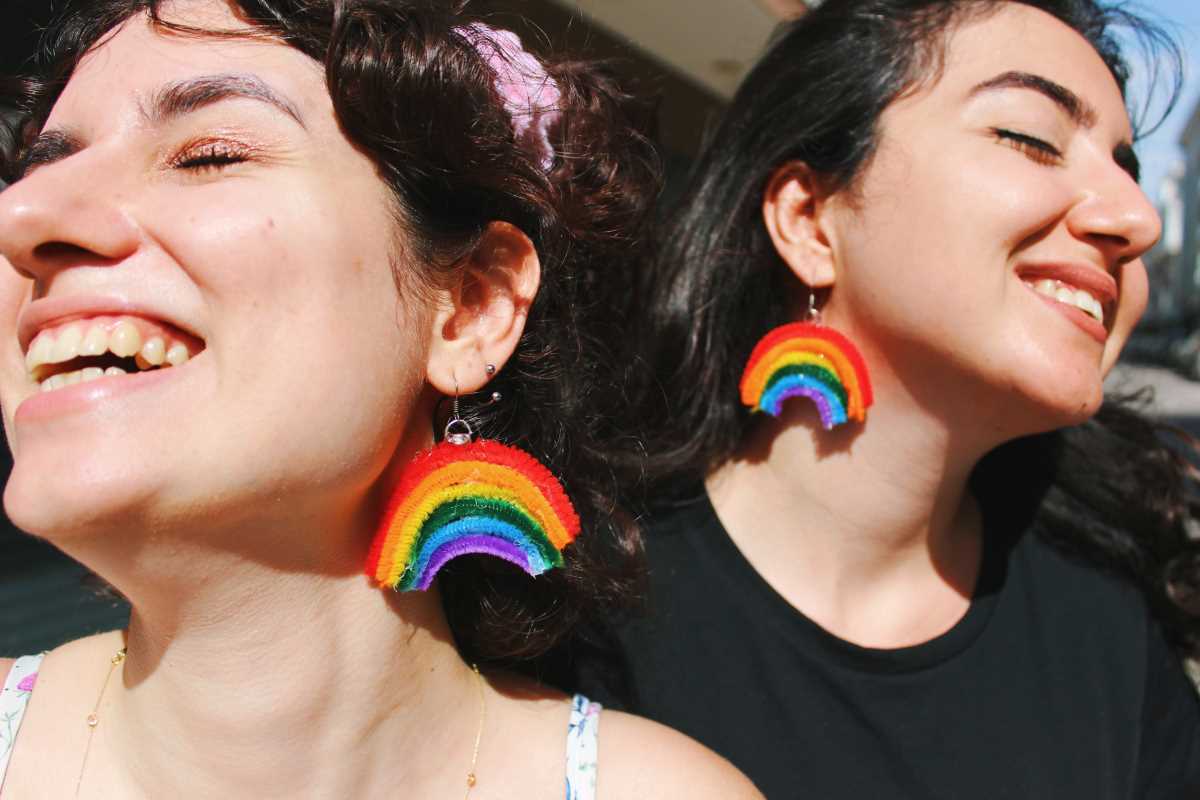 (Image via
(Image via